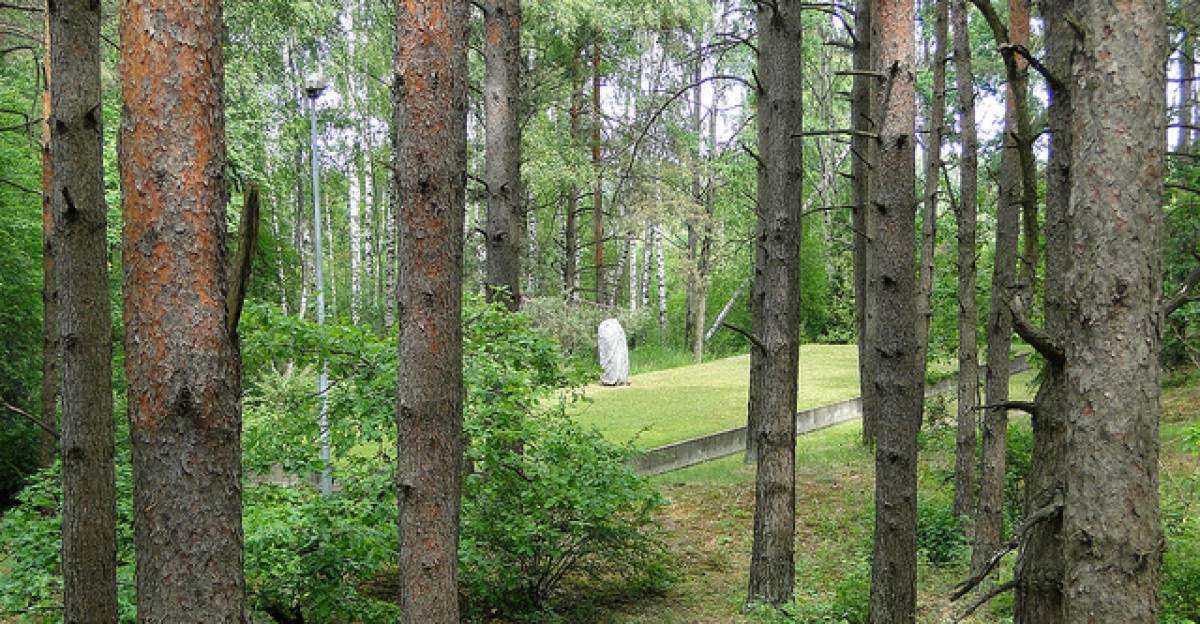BIG NEWS.
I have a new blog to share some of the fun things I have learned about Seattle and my family as I have been working on my new book.
The new blog is titled: “so you want to write a family history.”
Today’s post on this Holocaust blog is a bridge between the two. Hope you enjoy.
To subscribe to the new Seattle blog, click here and scroll down, add your email and hit “subscribe.”
The blogging begins now!
*********

FIRED FROM THE SEATTLE TIMES – BECAUSE OF VLADIMIR LENIN?
Yes.
This past summer, journalist David Josef Volodzk, a grandson of a Holocaust survivor, was fired from his new job at the Seattle Times for writing about Freemont’s statute of Valdimir Lenin.
Freemont is known as Seattle’s counterculture, funky neighborhood, sandwiched between the University of Washington and Ballard. My spouse, Shlomo and I sometimes bike through Freemont and stop for coffee. We often meander over to visit the seven-ton, 16-foot statute of Vladimir Lenin, on the corner of Evanston Avenue north and north 34th street.
David Volodzk’s first article in the Seattle Times was a letter to the residents of Freemont about the statue of Lenin. He commented that they dress him up in “a tutu for Pride Month, a Halloween get-up, a Christmas star. I guess they think it’s cute. Currently his hands are painted red and his chest is marked with blue and yellow of the Ukrainian flag.” (Seattle Times, July 7, 2023).
Volodzk continues to point out that Lenin was responsible for “secret police raids, gulags, mass torture, extrajudicial killings and public executions. When peasants in Tambov protested the government seizure of grain without compensation, Lenin had 15,000 of them shot and another 50,000 thrown into camps. He applied the same “liberation” methods in cities and districts across Russia. Not to mention the genocidal killing or deportation of up to half a million Cossacks and execution of millions of prosperous peasants and their families.” (Id.)
He suggests that perhaps the residents of Freemont shouldn’t be dressing him up and making him a neighborhood mascot.
After publication, David received hundreds of positive responses and some negative comments from angry Freemont residents.

But then his misstep occurred:
He wrote on Twitter/X that, “Hitler has become the great symbol of evil in history books, he too was less evil than Lenin because Hitler only targeted people he personally believed were harmful to society whereas Lenin targeted even those he himself didn’t believe were harmful in any way.” (See Volodzko, David, “My Family was Hunted by Nazis. But I was Fired for ‘Defending Hitler,” The Free Press, July 30,2023).
Well, the Seattle Times wasn’t too happy and David publish a “correction:”
“In terms of death and destruction, the Nazis were more evil,” and “Hitler was more evil in terms of how many he killed.” (Id.)
Four days later he deleted this thread, but the damage was done. David was labeled as a “defender” of Hitler and was called a Nazi. He was told to kill himself.
He was fired from the Seattle Times because of his continued engagement on-line and because of his “poor judgement.”
He wrote a subsequent “apology” that his “comparison of Lenin to Hitler was not only pointless but potentially dangerous: white supremacists could conceivably user my words to minimize Hitler’s atrocities – at a time when Pew research shows most Americans are clueless about the Holocaust, and the number of antisemetic attacks is rising. The thought of neo-Nazis weaponizing anything I said makes me sick.” (Id.)
David was left unemployed.
What is the right answer in this crazy world of Holocaust denial, Neo Nazi white supremacists, and on-line name calling and bullying? Minimizing Hitler’s evil cannot be tolerated, but neither should we minimize the horrors Lenin wrought.
To my readers, everything about this article confirms that we live during a chaotic, challenging time. I hope that you join me on my new journey into Seattle’s history and the stories that emerge from my family research.
Click here to reach my new Seattle blog and subscribe by scrolling down, putting in your email and hit “subscribe.”

My father Irwin Treiger – center – with family and Mariner Moose – at his 70th birthday when he threw out the first pitch at a Mariner’s game (2004).































